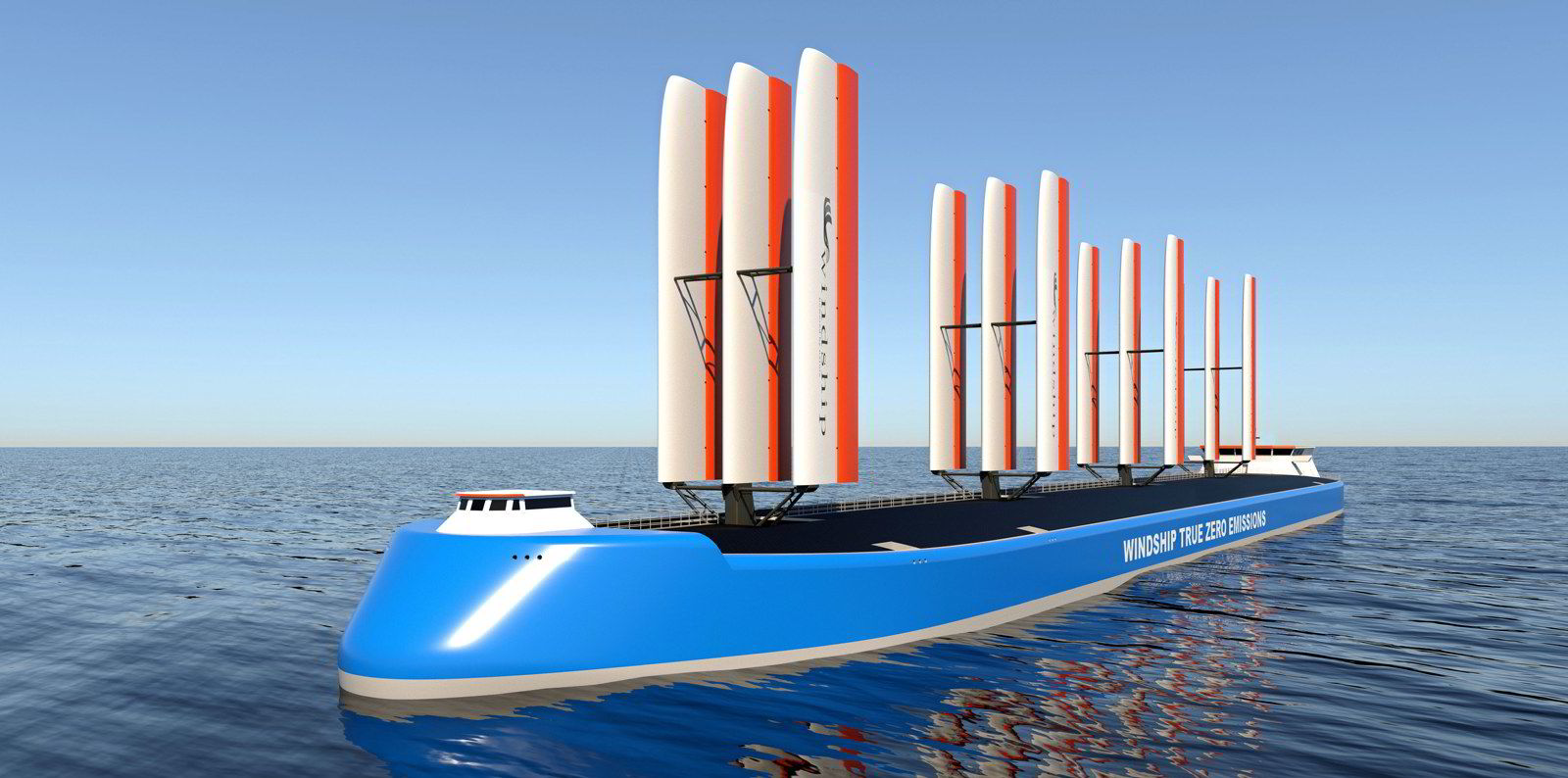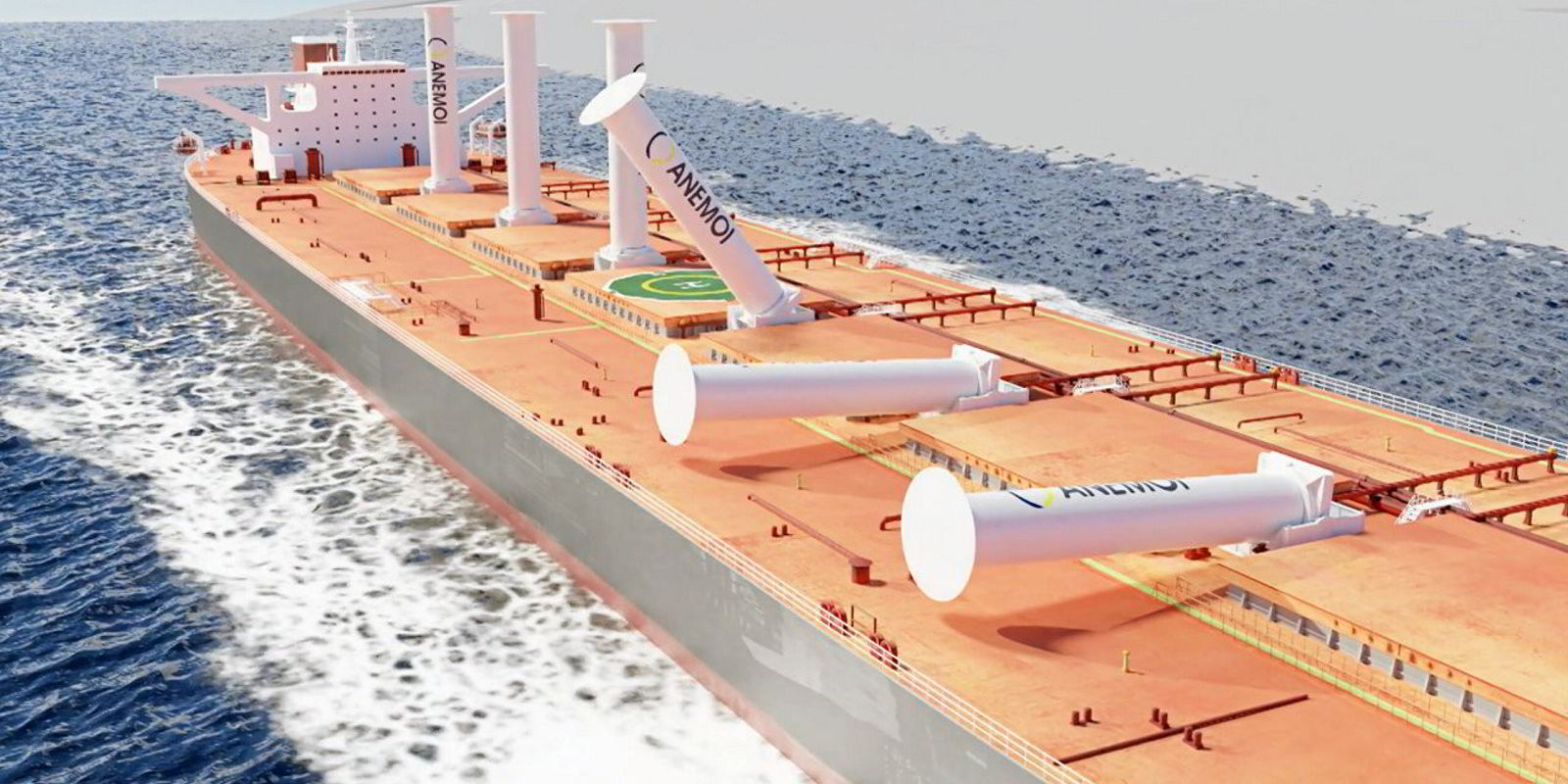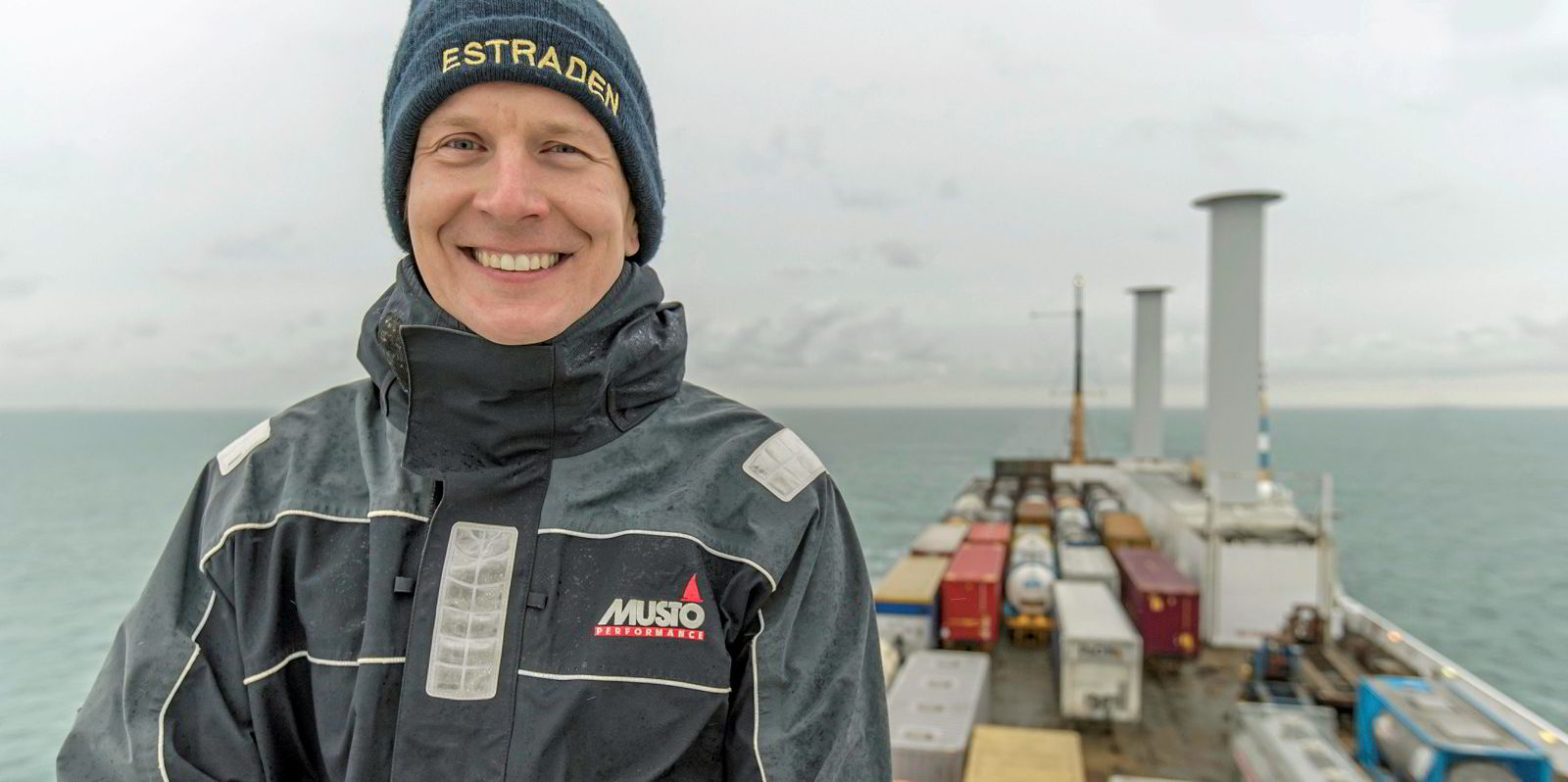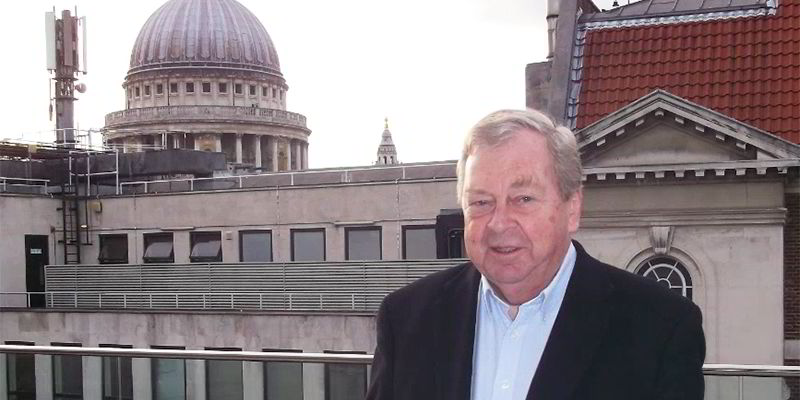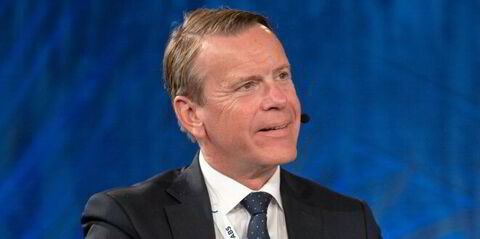Windship Technology has revealed what it claims is the world's first truly zero-emissions ship system.
The UK company has brought Norwegian classification society DNV on board to help develop a wind-powered design it refers to as the "Tesla of the seas".
Technical director Simon Rogers and his team have tested the blueprint at the Wolfson Unit maritime consultancy's tank in Southampton, southern England.
Solar power
The triple-wing system powers a diesel-electric drive that helps eliminate CO2, NOx, SOx and particulate matter, Windship said.
It incorporates solar power, carbon capture, an optimised hull shape and specialised weather routing software.
"The eye-catching triple-wing rigs produce a driving force several multiples greater than single-masted solutions of the same height currently being promoted in the industry," Windship claimed.
The 48-metre sail rig is stowable on the decks of tankers and bulkers, the company added.
Windship has also announced a "significant investment" from DNV, which will be conducting a verification to fully assess the design.
Diving deeper
Per Marius Berrefjord, senior vice president at DNV, called the Windship team "experienced professionals".
He said the project aims to help bring the entire shipping industry to "true zero" in terms of emissions.
"Windship is supplying information in a fully transparent manner, and DNV will ensure a thorough verification process. We are looking forward to dive deeper into the very interesting technology presented by Windship," Berrefjord added.
Windship is now looking to seal commercial partnerships with major shipowners, operators and investors.
The board includes former Concordia Maritime chief executive Lars Carlsson, who believes shipping is not fit for purpose for the future.
"The industry cannot sit back any longer," he said. "The clock is ticking and regulation will force a new approach for an industry that is traditionally hesitant to change."
Carlsson has been advocating wind power for years.
He said in 2019 that owners should be using all known fuel-saving methods, including wind propulsion, lower speeds, design and operational optimisation and biofuels derived from waste.
He called for vessels to be built with anti-corrosion coated steel to give them a longer trading life of 50 years; a global fossil-fuel tax to encourage sustainable investment; and the creation of a carbon exchange trading market.
